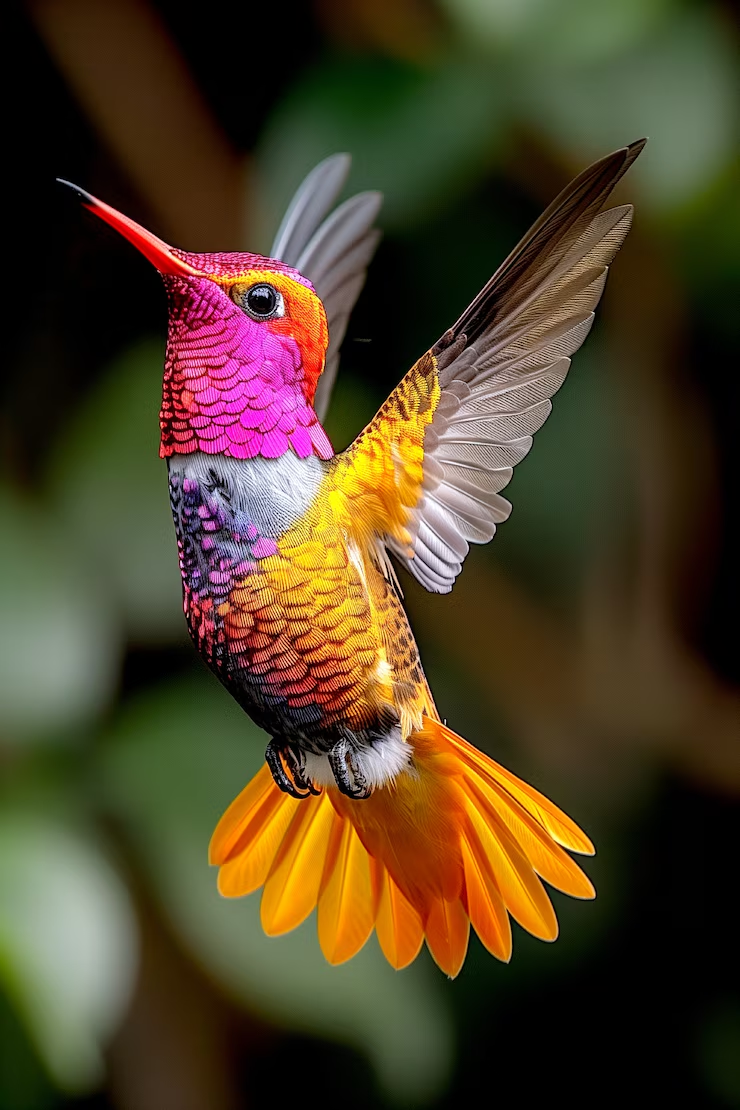When you hear the word “huitlacoche,” you might immediately think of the famous Mexican delicacy—the corn fungus known as “corn smut” or “Mexican truffle.” But have you ever come across the term “huitlacoche animal”? Surprisingly, some people believe that huitlacoche isn’t just a fungus but also an animal.
In this blog post, we’ll explore:
- The origins of the word “huitlacoche”
- Why some people think it’s an animal
- The cultural significance of huitlacoche in Mexico
- The scientific truth behind the confusion
- How this myth persists today
By the end, you’ll have a clear understanding of whether huitlacoche animal is real or just a fascinating misconception.
What Is Huitlacoche?
Before diving into the animal myth, let’s clarify what huitlacoche actually is.
1. Huitlacoche: The Fungus
Huitlacoche (pronounced wee-tla-KOH-cheh) is a fungal disease that affects corn, caused by the pathogen Ustilago maydis. Instead of ruining the crop, this fungus transforms corn kernels into swollen, blue-black galls, which are considered a delicacy in Mexican cuisine.
- Flavor Profile: Earthy, smoky, slightly sweet
- Culinary Uses: Tacos, quesadillas, soups, and tamales
- Nutritional Value: Rich in protein, lysine, and antioxidants
2. The Nahuatl Origins of the Name
The word “huitlacoche” comes from the Nahuatl language (spoken by the Aztecs):
- “Cuitlacochtli” – Possibly meaning “sleeping excrement” (referring to its dark, lumpy appearance)
- Some linguists suggest it may also relate to a bird, leading to confusion.
The Myth of the Huitlacoche Animal
Now, where does the idea of a “huitlacoche animal” come from?
1. The Bird Connection
In some regions of Mexico, “huitlacoche” refers to a bird:
- The Melodious Blackbird (Dives dives) – A dark-feathered bird with a distinctive song.
- The Great-tailed Grackle (Quiscalus mexicanus) – A common bird in Mexico, often associated with cornfields.
Because these birds are often seen near corn crops (where the fungus grows), some people mistakenly believed that the fungus and the bird were the same entity.
2. Folklore and Misinterpretations
- Some legends suggest that the bird “creates” the fungus by pecking at the corn.
- Others believed the bird’s droppings caused the fungus to grow.
- Over time, oral traditions blurred the lines between the bird and the fungus.
3. Modern Misconceptions
Today, some people still search for “huitlacoche animal” online, thinking it’s a real creature. However, scientifically, there is no animal called huitlacoche—only the fungus and the unrelated birds.
Cultural Significance of Huitlacoche
1. Aztec and Pre-Hispanic Beliefs
- The Aztecs considered huitlacoche a gift from the gods.
- It was associated with Tláloc, the rain deity, linking it to agriculture and fertility.
2. From “Pest” to Gourmet Delicacy
- Spanish colonizers saw huitlacoche as a disease and tried to eliminate it.
- Mexican farmers, however, continued cultivating it for its unique flavor.
- Today, it’s a luxury ingredient in high-end restaurants worldwide.
3. Huitlacoche in Modern Cuisine
- Quesadillas de huitlacoche – A classic Mexican dish.
- Creamy huitlacoche soup – A rich, earthy appetizer.
- Gourmet fusion dishes – Used in risottos, omelets, and even pizzas.
Why the Confusion Persists
1. Linguistic Overlaps
- The same word (“huitlacoche”) refers to both a bird and a fungus in different contexts.
- Without proper context, people assume they’re the same thing.
2. Internet Myths and Misinformation
- Some websites and forums mistakenly describe huitlacoche as an animal.
- AI-generated content sometimes spreads incorrect information.
3. Lack of Scientific Awareness
- Many people outside Mexico have only heard of huitlacoche as a food item.
- Without knowing its fungal nature, they might misinterpret references to the bird.
Conclusion: Is Huitlacoche an Animal?
The answer is no—huitlacoche is not an animal. It is:
A fungus (Ustilago maydis) used in Mexican cuisine.
Sometimes confused with birds (like the Great-tailed Grackle) due to linguistic and cultural overlaps.
Final Thoughts
The myth of the “huitlacoche animal” is a fascinating example of how language, culture, and nature intertwine. While the fungus remains a prized culinary treasure, the bird connection adds an extra layer of mystery to its story.
Next time you enjoy huitlacoche tacos, you’ll know the truth—it’s not an animal, but a delicious gift from nature!
FAQs About Huitlacoche Animal
Q: Is huitlacoche poisonous?
A: No! It’s completely edible and highly nutritious.
Q: Can you eat huitlacoche raw?
A: It’s best cooked to enhance its flavor and texture.
Q: Why is huitlacoche called “Mexican truffle”?
A: Due to its rich, earthy taste, similar to European truffles.
Q: Where can I buy huitlacoche?
A: Mexican markets, specialty stores, or online gourmet shops.
Q: Are there any animals named huitlacoche?
A: No, but some birds in Mexico share the name colloquially.













